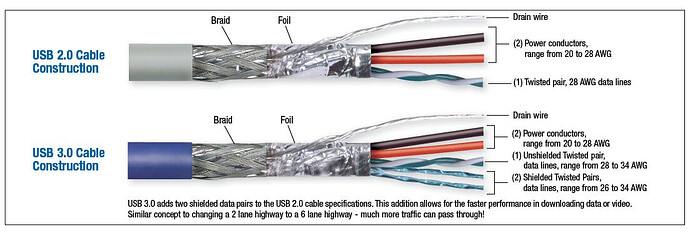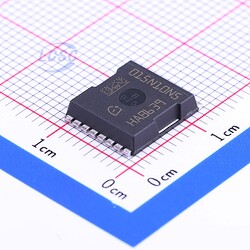Hello @runger,
The issue that I have with magnetic sensor is the one I explained in this post:
https://community.simplefoc.com/t/backspin-and-coggling-on-nema-23/1389/7
And you can directly see that on this video:
Yes I agree with both of you regarding the fact that I should face the problem and not hide away from it, I am just curious to see if this “overkill” solution would give some results! eheh
Regarding the AS5600, for now I am evaluating that using this ready board:
https://www.amazon.it/gp/product/B08BCB899Q/ref=ppx_yo_dt_b_asin_title_o06_s00?ie=UTF8&psc=1
It should already have pullup resistors on board, so I didn’t added any other.
I saw your previous posts in other threads, I am currently using a setup with Arduino Uno and somewhere you wrote that it (in theory) it should not need pullups for I2C.
In theory, from that side I should be covered.
My board design is currently just double layer, I don’t have size constraint this time, so I can adapt to the best solution possible you suggest (even if it is a single layer one).
I will post the design in the next days!
@runger @Valentine both of you have said that I2C suffer when used with cables, should I use another protocol that this magnetic sensor are providing me? I know that SPI is worse noise wise, I think that what remains is PWM, I never used that sensor using this protocol but I saw that you have created an implementation in the SimpleFOC library for that, what are the advantages and disadvantages of using PWM in this specific case?
Regarding the B0505LS as I said before it was just for overkill the Isolation, currently my MCU power supply is a combination of a 1000uf low esr capacitor, followed by a 100nf ceramic one, then I prepare the 12V power line (that I need for other things not yet implemented) with a SRH05s12 which output then goes into a L78L05ACZTR that goes to the MCU, between the 5V and the MCU I wanted to add the B0505LS, but I am no more so sure that this is a wise choice.
@Valentine regarding the Drivers, I used that exactly in the way I see in the Layout Considerations you quoted.
I am completely aware that they are obsolete, but I really can’t find a similar solution that is available in component stores this days…
(for this, I planned to buy a stock of these: Double BTS7960 and unsolder the drivers for my boards (so as you see I am desperate).
I saw your project:
https://community.simplefoc.com/t/yet-another-high-power-50a-integrated-bldc-board/1225/4
But the drivers that you used are not available, anywhere…
Keeping in mind that I don’t have board size constraint, and I need to reach similar specs of the previous drivers (but with a modern and more reactive solution), do you have any suggestion to something that could be easily retrieved?
Finally regarding the S49E, weird things happens, if I load on the board the SimpleFOC Hall Sensor test Example and I move the BLDC motor it works fine, but then If I load another example where I try to move the motor, such as the open loop one, when I load back the Hall Sensor example If I rotate the rotor by hand as before, the debug value wiggles between 2 values and it does not move from 0, this happens for 2 or 3 minutes, then it goes back to normal (anything changed on the board, just the firmware, this is extremely strange).
I have a 10k resistor pullup for each one of them, and while they retrieve “corrupted” data I tried just to debug also the DigitalRead, and what I see there seems correct…
Obviously when I try to use the closed loop, I face strange behaviours.
Do you have any advice about this? Am I doing something wrong?
I will post the complete board schematics in the next days, for now Thank you so much for your help!


